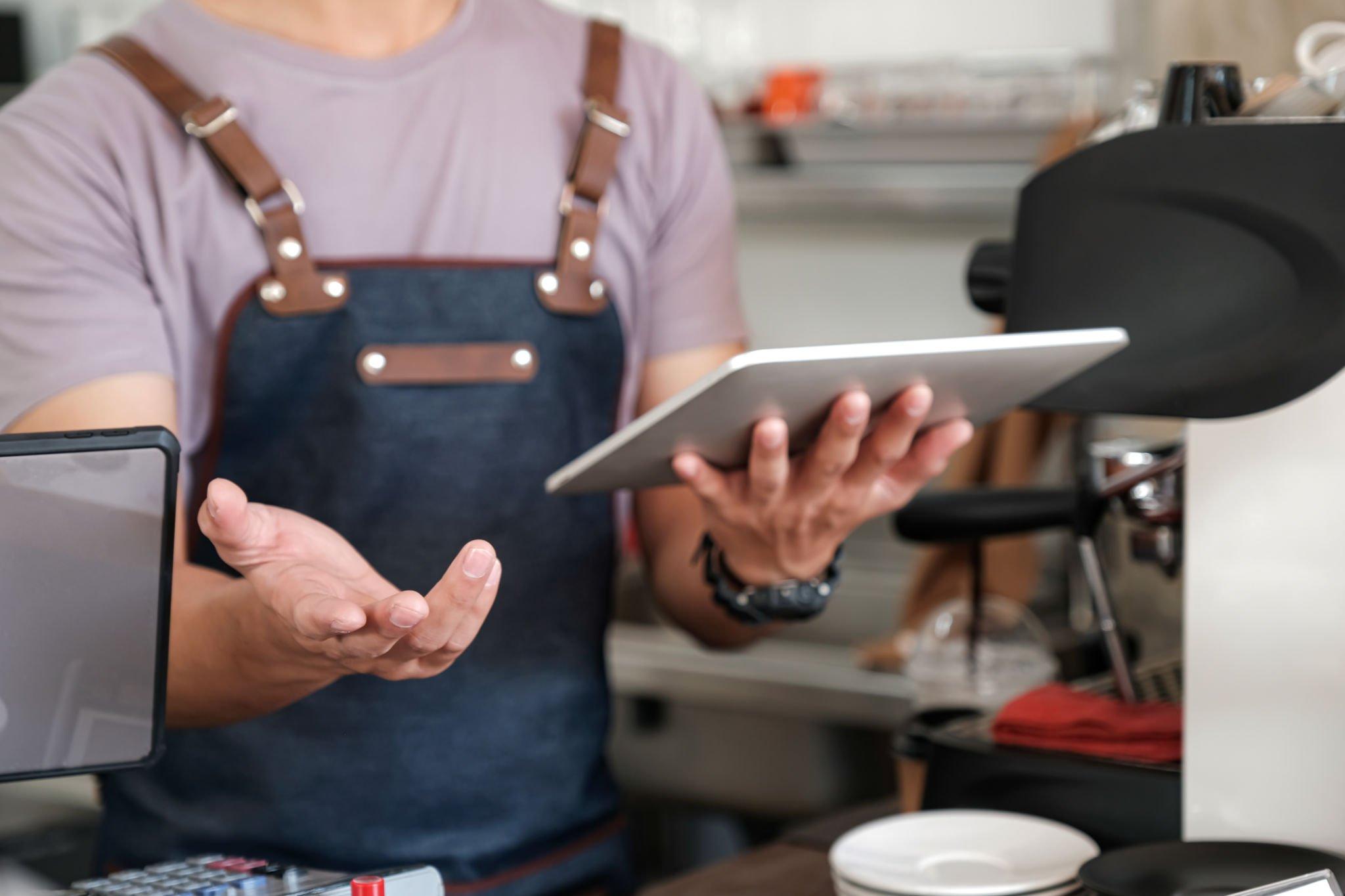The restaurant industry has been significantly transformed in recent years with the advent of innovative concepts and technology-driven solutions. Among these, one idea stands out as a game-changer – Thestaurant. This article delves into the world of Thestaurant, exploring its features, its impact on the restaurant business, and what the future holds for this fascinating integration of technology and dining.
Defining Thestaurant
What is Thestaurant?
Thestaurant, a portmanteau of “technology” and “restaurant,” represents a novel approach to dining. It’s a revolutionary concept that incorporates cutting-edge technology to enhance the overall restaurant experience. Thestaurant has successfully blended the traditional charm of dining out with the convenience and innovation of the digital world.
Thestaurant Features
Seamless Mobile App Integration
One of Thestaurant’s distinguishing features is its seamless integration with mobile apps. Customers can easily access a restaurant’s menu, place orders, and make reservations from their smartphones. This convenience has revolutionized the way we interact with restaurants.
Interactive Menu Experiences
Thestaurant has brought menus to life through interactive experiences. With augmented reality (AR) and virtual reality (VR) technologies, customers can view dishes in 3D, watch cooking processes, and even get personalized recommendations based on their preferences.
Personalized Dining Recommendations
Thestaurant utilizes data analysis to offer personalized dining recommendations. By understanding customer preferences and past orders, Thestaurant can suggest dishes, beverages, and even special promotions tailored to individual tastes.
Thestaurant and Customer Experience
Enhanced Convenience
Thestaurant has redefined convenience in dining. No longer are customers bound by physical menus or lengthy waits. With Thestaurant, they can browse menus, place orders, and pay their bills with just a few taps on their mobile devices.
Improved Order Accuracy
The digitalization of the ordering process has significantly reduced errors in orders. Customization options are clear and accurate, ensuring customers receive exactly what they desire.
Streamlined Payment Processes
Thestaurant has streamlined payment processes, eliminating the need to flag down waitstaff for the bill. Customers can pay through the app, making the end of the meal smoother and more efficient.
Thestaurant’s Impact on Traditional Restaurants
Increased Competition
Thestaurant’s rise has intensified competition in the restaurant industry. Traditional eateries are now in direct competition with tech-savvy establishments that offer a seamless and convenient dining experience.
Adaptation and Survival Strategies
In response to Thestaurant’s rise, traditional restaurants are adapting. Many have developed their own mobile apps and embraced technology to remain competitive. Additionally, they focus on unique selling points, such as personalized service and ambiance.
Thestaurant and Data Analytics
Harnessing Customer Data
Thestaurant relies on data analytics to understand customer behavior. It gathers information on customer preferences, order histories, and feedback to continually improve its services and offerings.
Targeted Marketing and Menu Improvements
This wealth of data allows Thestaurant to engage in targeted marketing efforts and make informed decisions about menu changes. Restaurants can introduce new dishes, promotions, and events based on customer feedback and trends.
Thestaurant and Sustainability
Reducing Food Waste
Thestaurant has also contributed to sustainability efforts within the restaurant industry. By optimizing orders and predicting demand, it helps reduce food waste and minimize the carbon footprint of restaurant operations.
Eco-Friendly Practices
Many Thestaurant-based establishments have adopted eco-friendly practices, such as sustainable sourcing, reduced plastic usage, and energy-efficient appliances, aligning with the growing demand for socially responsible dining.
Thestaurant During and Post-Pandemic
Coping with COVID-19
The COVID-19 pandemic expedited the adoption of Thestaurant concepts. Contactless ordering and payment methods became essential for public safety. Thestaurant’s touchless technology played a crucial role in keeping the restaurant industry afloat.
Future Outlook
As we move past the pandemic, Thestaurant’s role in the restaurant industry is expected to expand. The integration of AI, IoT, and other technologies will further enhance the dining experience, making it even more convenient and personalized.
Thestaurant Challenges
Data Privacy Concerns
Thestaurant’s heavy reliance on customer data raises concerns about privacy. Ensuring that customer data is protected and used ethically is a paramount challenge.
Over-Reliance on Technology
While technology has significantly improved the restaurant experience, over-reliance on it can alienate customers who still value personal interactions with staff. Striking the right balance is essential.
Thestaurant’s Future Prospects
Potential Innovations
The future of Thestaurant promises exciting innovations. Integrations with smart home devices, AI-driven chatbots for customer service, and even more immersive menu experiences are on the horizon.
Long-Term Sustainability
Sustainability will remain a key focus for Thestaurant. Restaurants will continue to implement eco-friendly practices and contribute to environmental conservation.
Conclusion
Thestaurant has fundamentally changed the restaurant business by marrying technology with dining, enhancing convenience, and improving the overall customer experience. It has also led to increased competition and forced traditional restaurants to adapt and innovate. As Thestaurant continues to evolve, it will shape the future of the restaurant industry.
FAQs
What is the primary goal of Thestaurant?
The primary goal of Thestaurant is to enhance the dining experience by seamlessly integrating technology to make ordering, payment, and menu exploration more convenient and personalized.
How does Thestaurant use customer data?
Thestaurant utilizes customer data for personalized recommendations, targeted marketing, and menu improvements, providing a more tailored experience to diners.
What challenges does Thestaurant face in its development?
Challenges include data privacy concerns and the need to strike a balance between technology and personal interaction to avoid over-reliance.
How can traditional restaurants compete with Thestaurant?
Traditional restaurants can compete by embracing technology, offering unique dining experiences, and focusing on personalized service and ambiance.
What are some upcoming innovations in Thestaurant?
Future innovations in Thestaurant may include integrations with smart home devices, AI-driven chatbots for customer service, and even more immersive menu experiences to enhance the dining experience.






